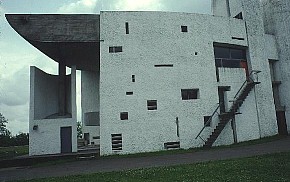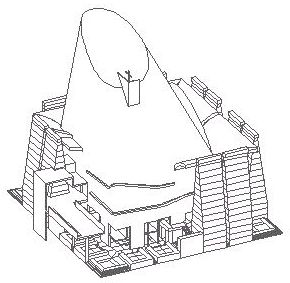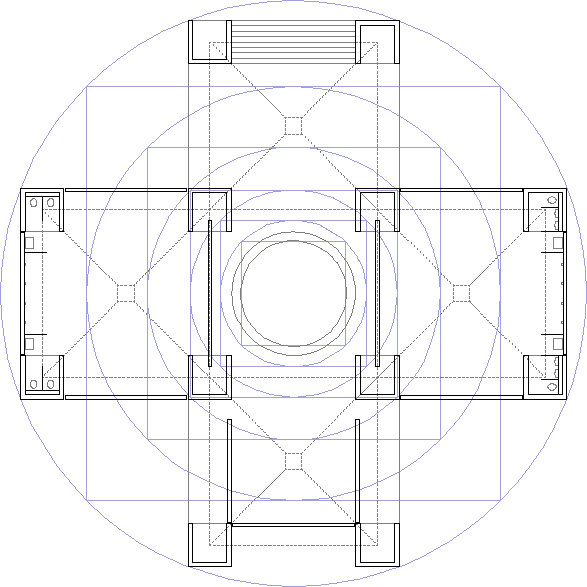1998
...the Templ. Plotinae at the east end of the axis of life is dedicated to Plotina, the wife of Trajan, and also the adoptive mother of Hadrian. This fits perfectly with the Imperial genealogy that is already apparent along the axis of life. Furthermore, the introduction of a "mother figure" directly on the axis of life consummates the notion of procreation that is already present.
...speculate that Piranesi is perhaps suggesting that there may have been some "incest" between Hadrian and Plotina.
...the notion of the Ichnographia being used (perhaps for the first time) as a "guide map." Using the Ichnographia as a guide would seem ridiculous to most because the large plan has always been dismissed as a pure fantasy. It can act as a guide, however, especially if one is aware of the textual background of the plan, meaning the historical texts which describe ancient Rome.
...looking at the Ichnographia as an ancient Roman theme park--a virtual place where one can vicariously experience the ancient city as well as learn about the history of the city.
The themes Piranesi uses are numerous:
a. the Imperial genealogy of both the Bustum Augusti and the Bustum Hadriani.
b. the forward and backward "ride" of the Triumphal Way.
c. the military themes along the Equiria.
d. the numerous garden designs.
e. the nemus Caesarum.
The whole typological catalogue is nothing but one variation on a theme after another.
| |
2000
There are some items, such as elevation, section, Durchschnitt, porticus, plan, which are interesting, but not very evocative of long term development, likewise I'm not certain about casa-vague-s. I prefer almost, infrastructure, annexation, facade, trend, physiology, morphology, iconoclasm, infringement, nimiety.
2005
"If someone in the museum was truly interested in my work they would let me cut open the building. The desire for exhibiting the leftover pieces hopefully will diminish as time goes by. This may be useful for people whose mentality is oriented toward possession. Amazing, the way people steal stones from the Acropolis."
--Gordon Matta-Clark, February 1978.
2006

You know, I always wondered what the urban pattern of Ronchamp was.
| |
2007
It seems to make sense that de-territiorialization ultimately registers a re-territorialization, but it is the effect of de-territorialization (on one's thinking) that is the most important aspect here. And I guess you could say that that new mode of thinking is what then shapes the new "territory".
I have no idea if this is so, but I wonder if this composition might be an example of de-territorialized architecture.

composition 1a : the act or action of composing : the formation of a whole especially by different things being put together
Trust me, de-territorialized thinking isn't necessarily brilliant, although for the most part uninhibited.
To confuse or not to confuse, that is de-territorialization?
Anyway, back to Volume....The reporter on the radio just said, "Heavy volume on Passyunk Aveune..." Hey, traffic would make a great theme for a heavy issue. Trafficking in Architecture--I wanna write about stolen goods.
I think Passyunk is an old 'Indian trail'. Wow, Philadelphia's Indian trails, talk about de-territorialization.
| |

|